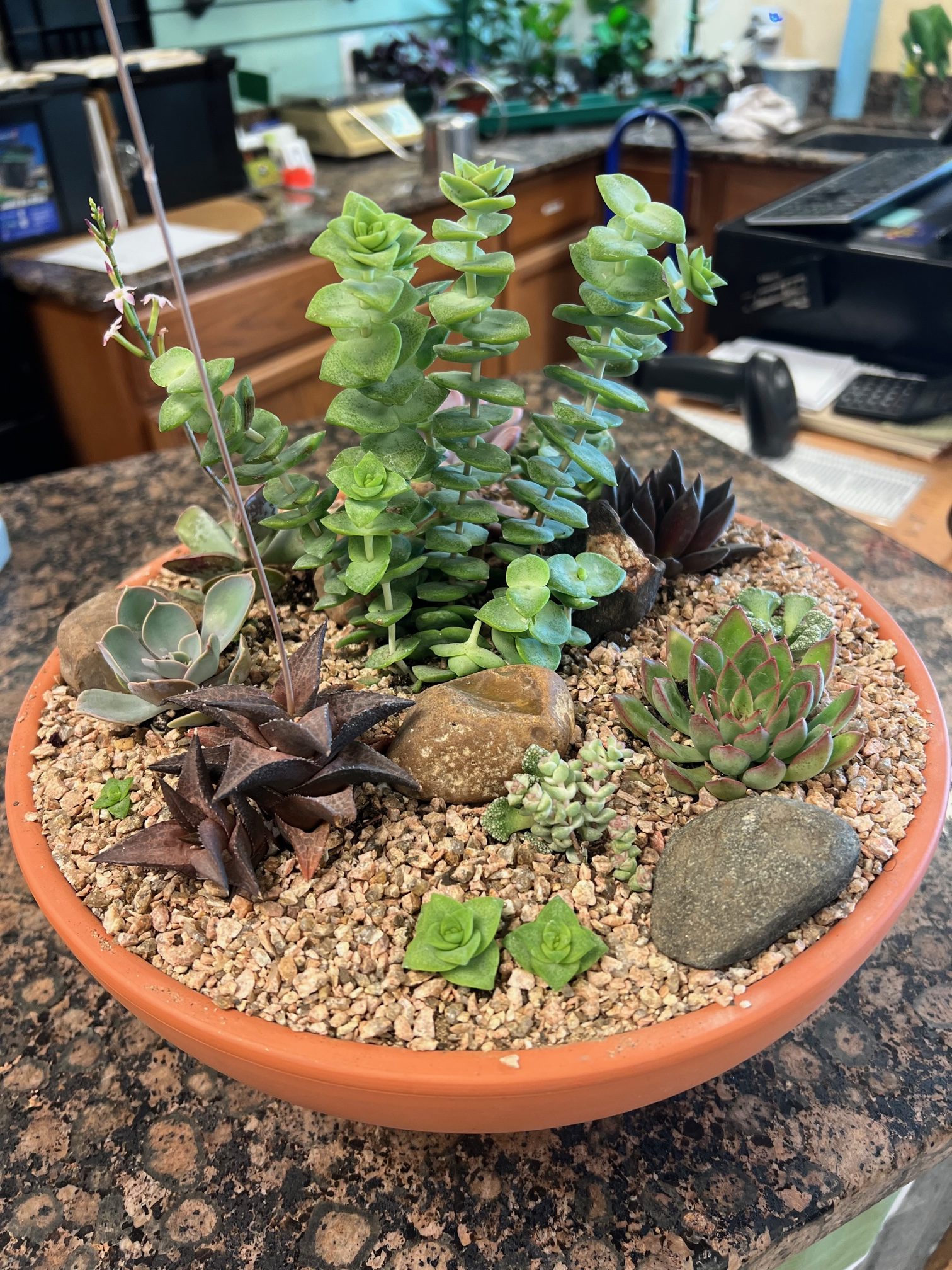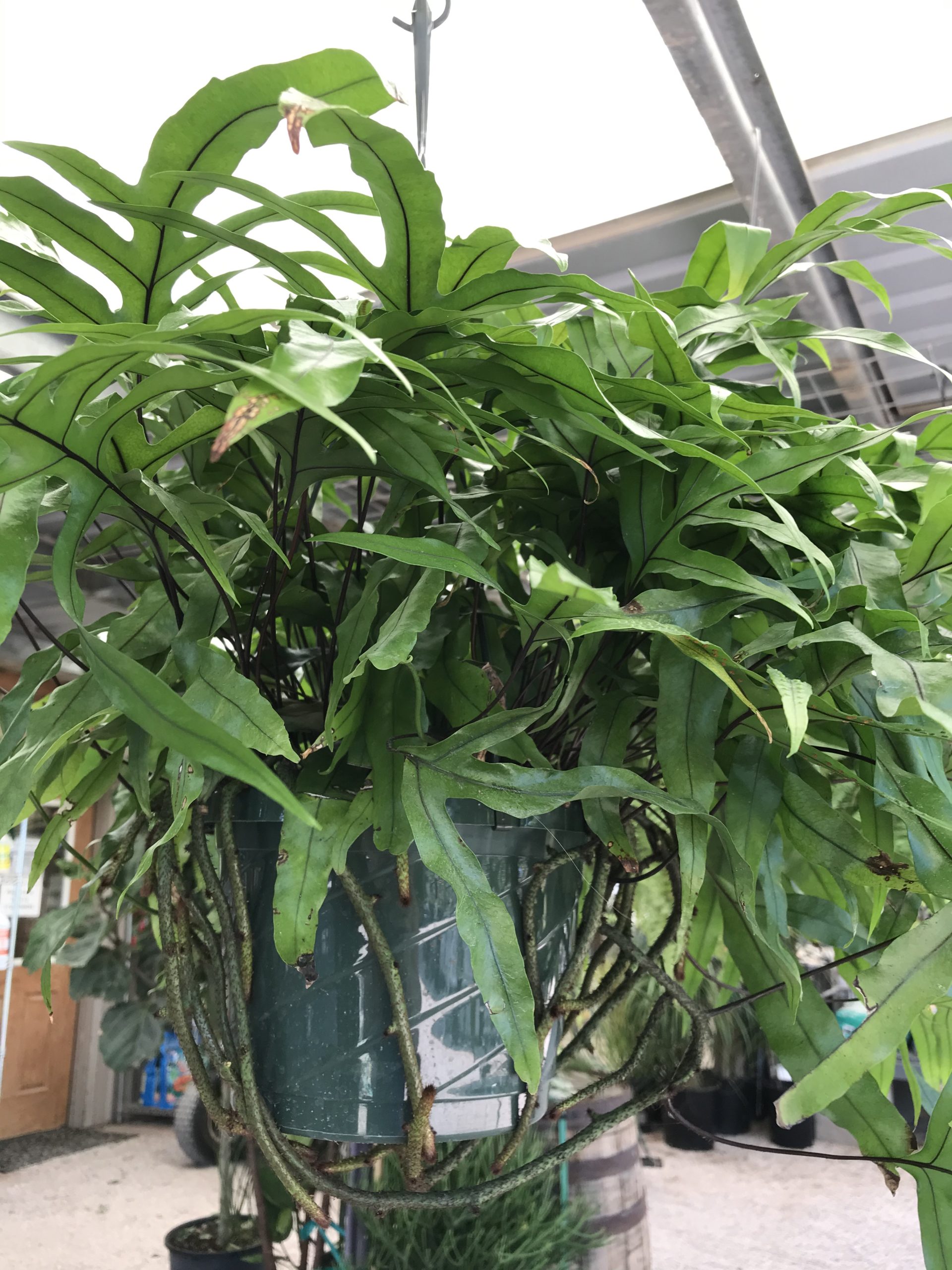

Crops worth millions of dollars were abandoned. Like the matriarchs of other Japanese American households in Arroyo Grande, Rose cared for the children while working full-time as the farm’s bookkeeper.Īfter Japan bombed Pearl Harbor in 1941, Japanese farmers were rounded up into concentration camps and forced to sell their possessions at fire-sale prices. Hayashi said his mother, Rose, was the “backbone of the family”. Hayashi is up at dawn seven days a week, planting, irrigating and harvesting his crops. “He instilled that work ethic in all of us.”
Backbone nursery tv#
“He told us, ‘I never want to see you watching TV and sitting around again,’” Hayashi said. They were exhausted when he returned some time later. The elder Hayashi instructed his sons to pull weeds, and left. When Haruo came home, he put them in the back of his truck and drove to a celery field 3 miles away. (Three took over the farm while two became doctors.) In the second grade, Hayashi recalled watching Bonanza on TV with his youngest brother. Like many sansei farmers, Hayashi and his four brothers learned everything about the trade from their father, Haruo, who died last year. In its heyday, Hayashi said, the co-op drew more than 70 members today, only three remain active. In the 1920s, seven local Japanese farming families, including the Hayashis and the Ikedas, formed the Pismo Oceano Vegetable Exchange (Pove), a co-op that allowed them to consolidate supplies and sell to large wholesalers. “These ‘quick crops’ went for good prices and could yield faster profits than, for example, fruit trees that require more secure ownership of land,” Graves said.ĭrawn to its temperate climate and glut of fertile soil, an outsize share of issei farmers settled in the Arroyo Grande valley. Though Japanese operations constituted only 2% of farms on the West coast in 1940, their average value per acre (about half a hectare) was $280, compared to just $38 for other farms. (A small percentage of farmers were able to buy property under the names of their US-born children and relatives.) They also created co-ops to sell large quantities of produce to restaurants and wholesalers, she said.

Japanese immigrant farmers, she said, became extraordinarily skilled at growing high-yield crops, such as strawberries and tomatoes, on leased plots of land. “Japanese immigrants and their American-born children faced such rampant racism and legal restrictions that the unintended consequence was they really stuck together,” said Donna Graves, a public historian and co-author of Sento at Sixth and Main: Preserving Landmarks of Japanese American Heritage.įour generations of Hayashi sons have grown up on the farmland first leased in 1942. But lawmakers soon passed racist ordinances targeting issei (first-generation) farmers: the California Alien Land Law of 1913 barred Asian immigrants from owning agricultural land or signing leases longer than three years. They steadily climbed the agricultural ladder, from day laborers to sharecroppers and leaseholders. Preserving the legacy of their forebears are a dwindling group of sansei, the aging third-generation farmers who, like Hayashi, are forgoing retirement and adapting to myriad economic and social forces that have upended their industry.Īt the turn of the 20th century, Japanese immigrants from rural farming and fishing villages arrived in California to fill a labor shortage created by the 1882 Chinese Exclusion Act, which barred Chinese immigration to the US. Now, only a fraction of Japanese farms with prewar roots remain in business. The incarceration of Japanese Americans during the war led to enormous property losses that not only denied them the chance to build generational wealth - but also buried the vital role these family farmers played in transforming California into an agricultural juggernaut. Hayashi packages and sells goods at his roadside stand in San Luis Obispo county.


 0 kommentar(er)
0 kommentar(er)
